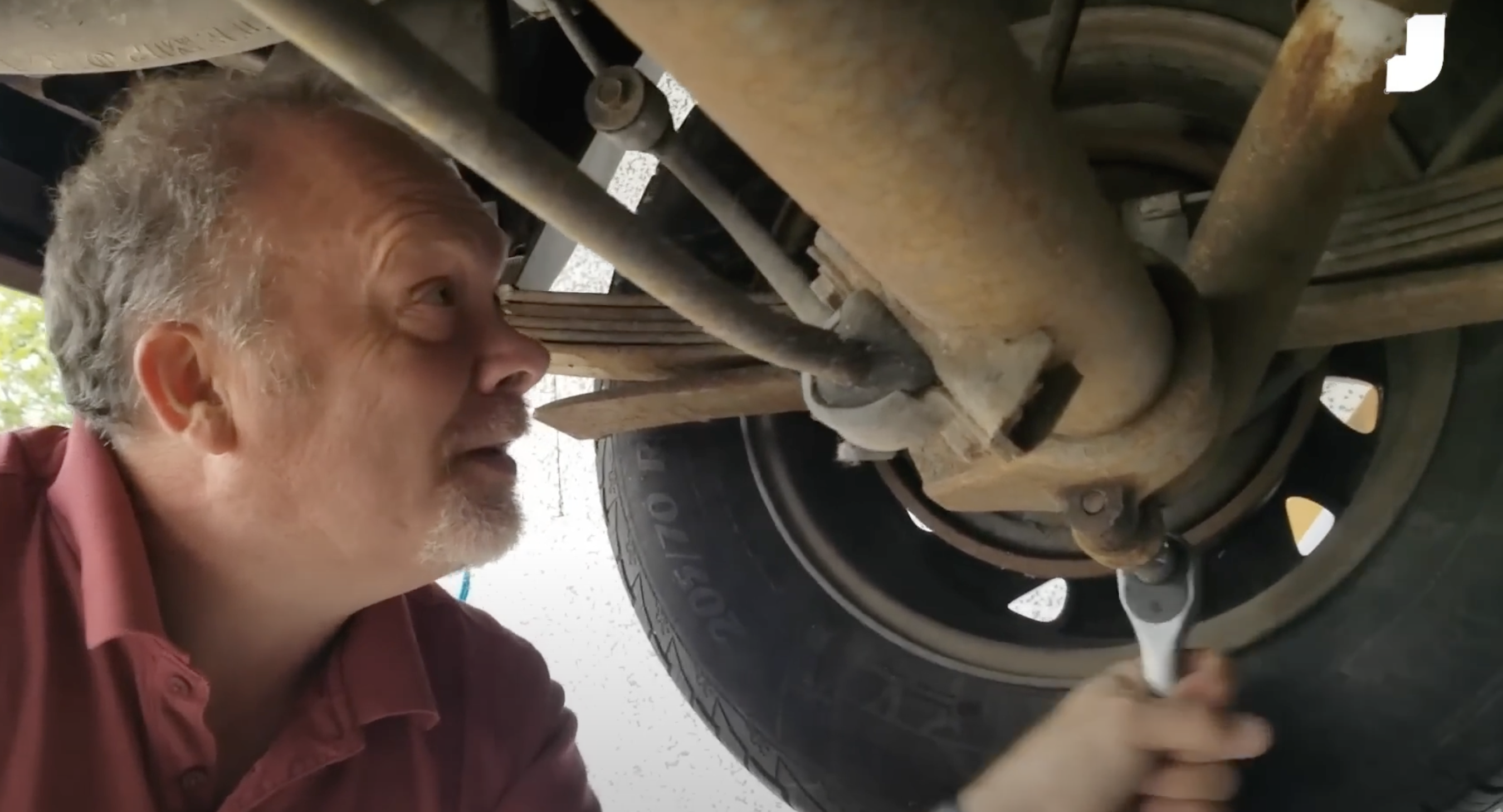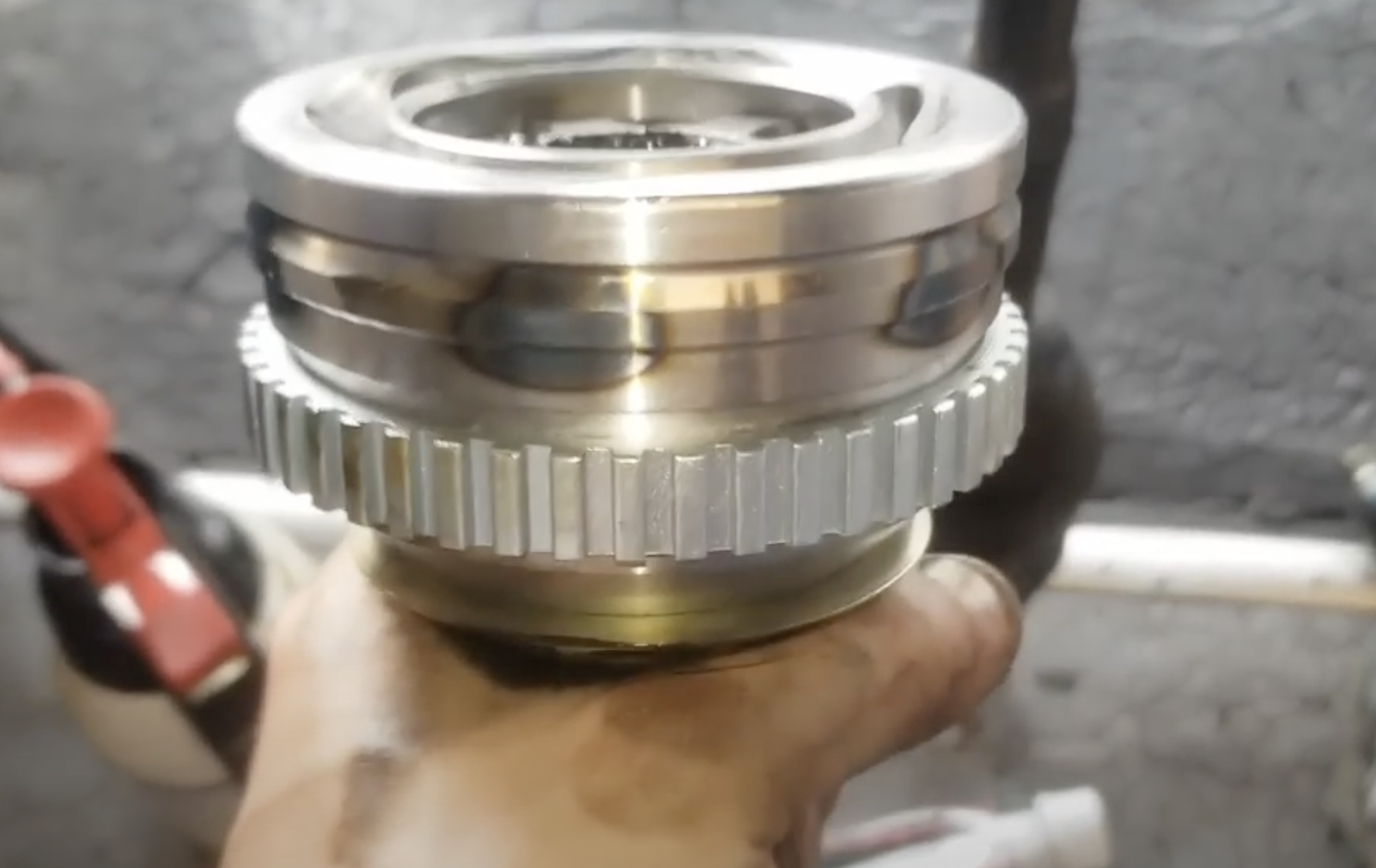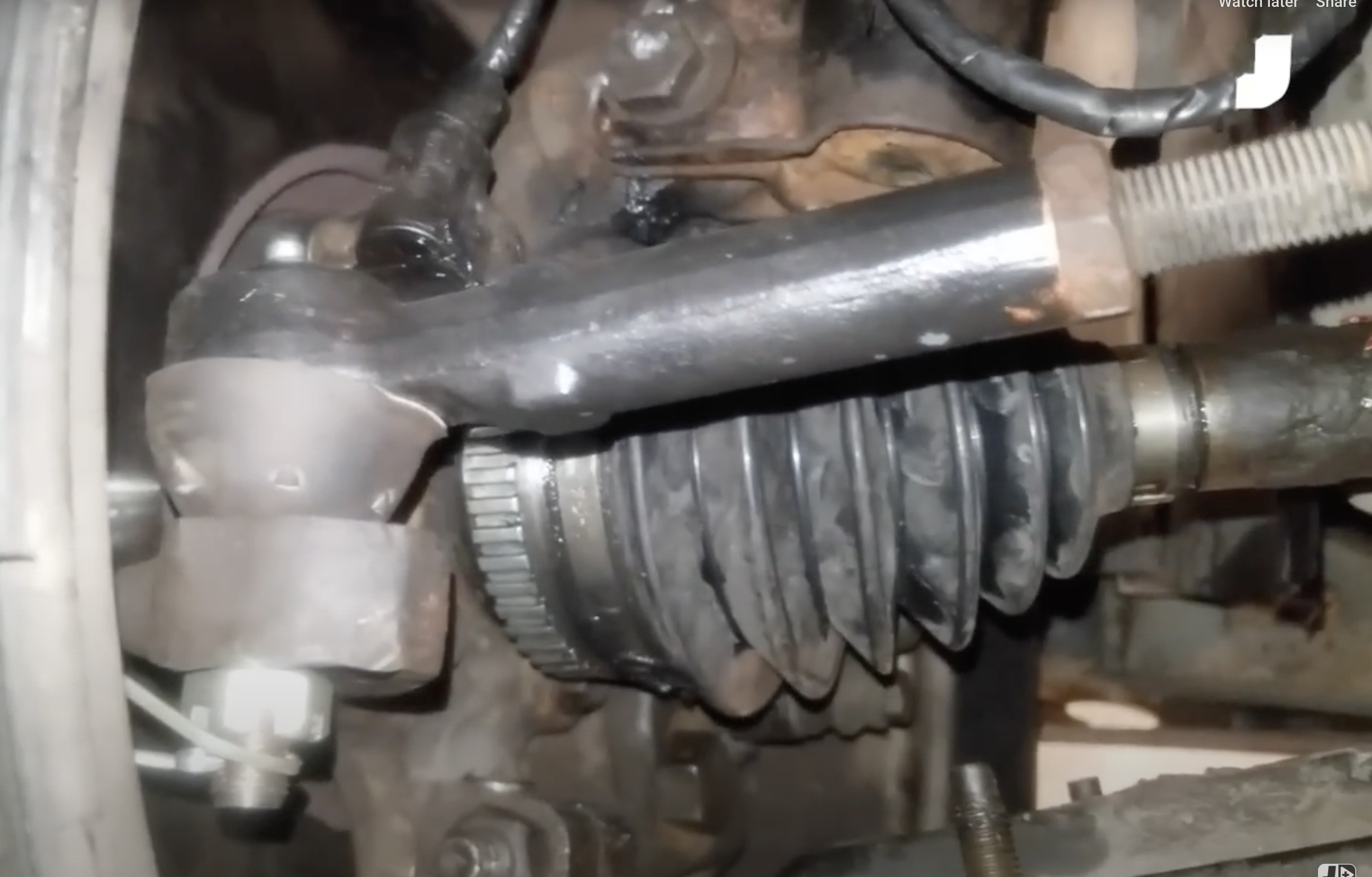For many, there is a point in car ownership at which the repairs become “too much,” and buying a new car becomes a proposition too tempting to turn down. An old, high-mileage vehicle, in many folks’ views, can never be as reliable as a new car. But what if you completely “go through” a vehicle, replacing all of its wear parts. Could you ever get it to be truly, genuinely reliable? I tested that with my 1994 Chrysler Voyager, a 250,000 mile diesel manual minivan engineered in the U.S., built in Austria, and sold in Italy. Here’s how it has held up after five years.
I’m back in Germany visiting my parents, and here in the garage is my beloved “Project Krassler,” so named for the German word “Krass,” which means “awesome” — the perfect descriptor for a stickshift diesel minivan.
Check this thing out:

I bought the Graz, Austria-built machine with the help of my friend Andreas back in 2020. In a way, the vehicle helped me get through a trying time in my life, as I described in my article “How Moving From Michigan To California Completely Changed My Life“:
My friend Andreas helped start my journey out of the funk. A Jalopnik reader-turned-close friend, he bought on my behalf a manual transmission 1994 Chrysler Voyager turbodiesel – the holy grail of minivans. Based out of Nuernberg, he had been chatting with me about those vans for a while, and he’d found one for sale near him, so I told him to just go for it. He bought the broken machine for 500 Euros, towed it to his girlfriend’s parents’ house, and told me: “Yo, this project-van is ready for you!”
And so, right in the middle of 2020, during the pandemic that had me feeling all sorts of negative things about myself to the point where I lost tons of weight, I whipped out my red passport and left the U.S. on one of the few flights bound for Germany. I got an Airbnb in downtown Nürnberg, which at the time had no visitors due to the lockdown (it was wild), and I used Andreas’ Toyota MR2 to commute daily to his workshop so I could try to resurrect that rare Austria-built, Italian-engine-equipped, US-engineered minivan.
That diesel manual Chrysler Voyager gave me a spark when I desperately needed one. Just when I felt that my passion for cars had reached rock bottom, here was this fascinating contraption — a wacky mix of American, Italian, and Austrian — waiting to be revived from the dead.The days in Andreas’ workshop were tough at first. I was slower than usual, less motivated than usual, and found myself just staring blankly at the car quite a bit in the early days, just thinking. And overthinking. And then overthinking my over-thoughts.
But Andreas and his friends helped, and with stuck-at-home readers tuning in to see what I was doing all the way in Germany — at the time a locked country — I was slowly moving forward.
I wish I could say the road out of this mental funk was a short one, but it wasn’t. It was a multi-year affair. In the summer of 2021, I drove this van to Sweden on a trip that resulted in the story “I Visited Supercar Company Koenigsegg After Sleeping In A Van And Bathing In The Sea.”…
The vehicle began as a non-running, 500 Euro risk. I knew very little about its condition, other than that it looked good and the engine cranked:
Here’s the video describing what was wrong with it:
As someone who had just flown to Germany from Detroit on one of the few flights going in 2020, I was thrilled with the vehicle’s rust-free body. But, as I had to get the vehicle through Germany’s ridiculously difficult TÜV inspection, I pretty much had to replace every maintenance item on the vehicle.
It took me an entire month.
I replaced pretty much everything. The shocks? Replaced. The wheel bearings? Replaced. The CV Joi—I don’t feel like doing the question/answer construction anymore, so here’s a list instead:
- Shocks
- Wheel Bearings
- CV Joints
- Ball joints
- Tie rod ends
- Tires
- Brake pads
- Leaf spring bushings
- Front control arm bushings (maybe? I can’t remember)
- Engine mounts
- Sway bar bushings
- Transmission mount bushing
- Manual transmission shifter bushing
- Accessory belt
- Water pump
- Fuel filter
- Oil/oil filter
- Lots of other things that I can’t remember



I basically did a full refresh on the van, to the point that it actually passed German inspection… eventually:
And now, 5 years and 20,000 miles later, how is it doing?
Great honestly. The thing rides like a brand new vehicle, it shifts like a brand new vehicle, and that absurdly high-mileage VM Motori Turbodiesel runs perfectly. Honestly, the van is a remarkably smooth machine, both in terms of power delivery and ride quality. Only at idle, when that 2.5-liter turbodiesel makes tractor noises and vibrations, does the van not feel smooth as silk.
Things haven’t been 100% perfect, but the faults have all been electrical in nature, with the battery seemingly struggling to charge, one taillight not functioning properly, and one of the headlights having a hard time passing TÜV a couple of years ago.
Everything else seems to work great — window switches, locks, the radio, the AC, and most importantly: all the mechanicals.
It’s a reminder that, if you can buy a car with good bones — no rust, an engine with no known design flaws (the VM Motori doesn’t quite fall into that camp, if I’m honest), and a solid transmission — you can get it to be a reasonably reliable classic by just replacing the wear parts — steering, suspension, and accessory drive parts go a long way. Small hiccups — usually manageable ones — might remain.
At least, that’s been my experience, both with this van and my J10, which I also refreshed about 5 years and 20,000 miles ago, and which has also been great ever since, sans a few small gremlins. Of course, 25,000 miles isn’t a ton, but let’s see how the next 25K go.









I wonder if any new 2026 vehicle could live a life like David’s Voyager. Will you find any parts in 2058 for your 2026?
There’s something about a lot of 90s-ish cars that have great potential if the bones are solid. Not many complicated electronics (compared to today), many models with bulletproof powertrains, and some with very good aftermarket parts support. Exceptions abound, of course.
“That diesel manual Chrysler Voyager gave me a spark when I desperately needed one”
Luckily, the VM engine could spare the sparks.